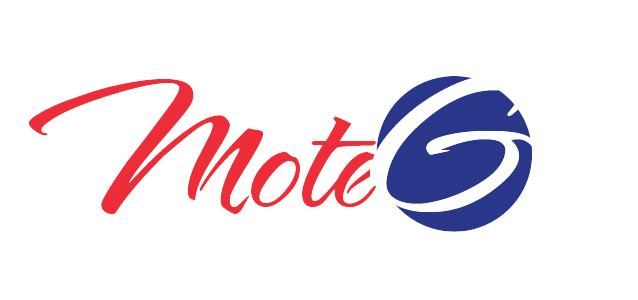Our time is shaped in many ways by the spin of events, whether it’s the Earth’s rotation around Sun, or the shift workers changing between the night and day. Certain of these occur every day and some are more unpredictable and less predictable.
Most people know that the Earth revolves all day long around the Sun. It is not widely known that the speed at which Earth rotates can vary and make a day seem shorter or longer than it really is. The Atomic clocks, which keep the same time, have to be adjusted on a regular basis by adding or subtracting seconds. This is referred to as leap seconds.
Precession is a common rotational event. It is the circular wobble of the Earth’s axis. It’s like the spinning top of a toy that is slightly off-center. The axial shift in relation to fixed stars (inertial space) is a time period of 25,771.5 years, and is responsible for various weather patterns, such as the shifting direction of cyclones across the Northern and Southern hemispheres.
Scientists have also observed that the speed of Earth is slowing over time, which causes solar days to become longer. On June 29 the world added an extra leap second to the atomic clocks in order to better align them with the rotation of the Earth. Although the addition of a single second may seem small but it has significant implications for businesses that rely on changing schedules and rotating times. For example multinational companies that rely on the world’s workforce, having to fumble through static spreadsheets and wiki pages to manage the changing schedules http://www.northcentralrotary.org/2023/05/10/unique-fundraising-ideas-for-nonprofits of calls can quickly become costly in terms of revenue and reputation. On-call rotation software is becoming well-known as it helps reduce interruptions in service and also manages the transfer coverage and gives employees a clearer picture of the situation.
